I sometimes get asked – “What camera did you use to get your pictures in Cuba?” or “What’s the best travel camera?”
In this post I share the camera, lenses, and gear that I use when we’ve traveled most recently to Nepal and Cuba. You might just be curious about what technology I’ve used to capture my images or if you are looking for your own equipment just take my insights as one point of view. You’ll find lots of sites proclaiming what’s “best” but there’s really no right answer. It all comes down to budget and what you are trying to do. There are a lot of great options today.
I’ve evolved over the last ten years – starting from a Nikon D300 to Nikon D800 with half a dozen lenses. Today, I feel great about my Fuji camera and lenses, optimizing for keeping to a minimum what I carry while still being able to get great images. And with all that said, I’m sure my gear will continue to evolve.
Note: For more details on each item, the links go to Amazon as an affiliate link – if you were to buy anything it would be the same price as if going directly to Amazon.
Fuji XT-1 Camera
I switched to Fuji from Nikon several years ago and I have no regrets. I think my images are sharper and my bag is lighter. Here’s what I love about traveling with the Fuji X-T1 Camera:
- Great images. Clarity is everything. If the scene or subject isn’t in focus, then I have to discard the image entirely. After getting back from a trip, I can usually use Lightroom to post-process an image to improve bad lighting, odd coloring, ill-cropping, and even blemishes. But if the image isn’t in focus, there’s no amount of post processing I can do. Note, I take all my images in RAW format to maximize resolution, allowing me to crop and still preserve detail – as well as salvage any oddities during post-processing.
- Hi resolution LCD screen. I love that the XT-1’s LCD screen, even when zoomed, gives super detail to let me know if I got what I was trying to capture.
- Inconspicuous. The XT-1 feels small and has an old school look, so it doesn’t stand out like some high-end cameras. While I always feel relatively safe when we travel, I still prefer to not have my camera gear scream wealthy tourist as much as possible.
- Lightweight. I didn’t used to care about how heavy my gear was until we went to the Galapagos in Ecuador, hauling a camera bag onto rafts several times a day. The XT-1 only weighs 16 ounces, about half as much as my previous Nikon D800.
In terms of drawbacks, the XT-1’s electronic viewfinder and the focusing options took some time for me to get comfortable with. Battery life is also something to pay attention to – see Accessories below.
A Few Lenses
I typically travel with just three lenses:
- Fuji XF16mm F1.4
. This is my go-to lens, what’s typically on the camera. With its wide view, it helps to tell most (at least at a scene level) just about any story. With the super low aperture setting, I can also hand hold photos at night. And during a sunny day I can even create artistic effects at 1.4f since the XT-1 supports a very fast electronic shutter to compensate for the wide open aperture.
- Fuji XF35mm F1.4
. This is a fun walking around lens too. The 35mm adds a revealing angle in smaller streets and stores where you want to get a little closer to objects without being too obtrusive. Up close, it also can capture a headshot or a group photo.
- Fuji XF50-140mm F2.8
. I love this lens to get close ups of people at a distance without being obtrusive. The XT-1 has a fold up LCD too so you can use this lens without it being obvious – taking pictures with the camera down by your waist or on your lap at a park bench. Keep in mind, this lens will make the camera look big to onlookers, so I tend to be judicious about when I put this lens on. This is also a great lens for wildlife and even portraits of friends you meet along the way. It can add some nice blurry background (i.e., bokeh in tech terms) to a group shot if you can stand far enough back.
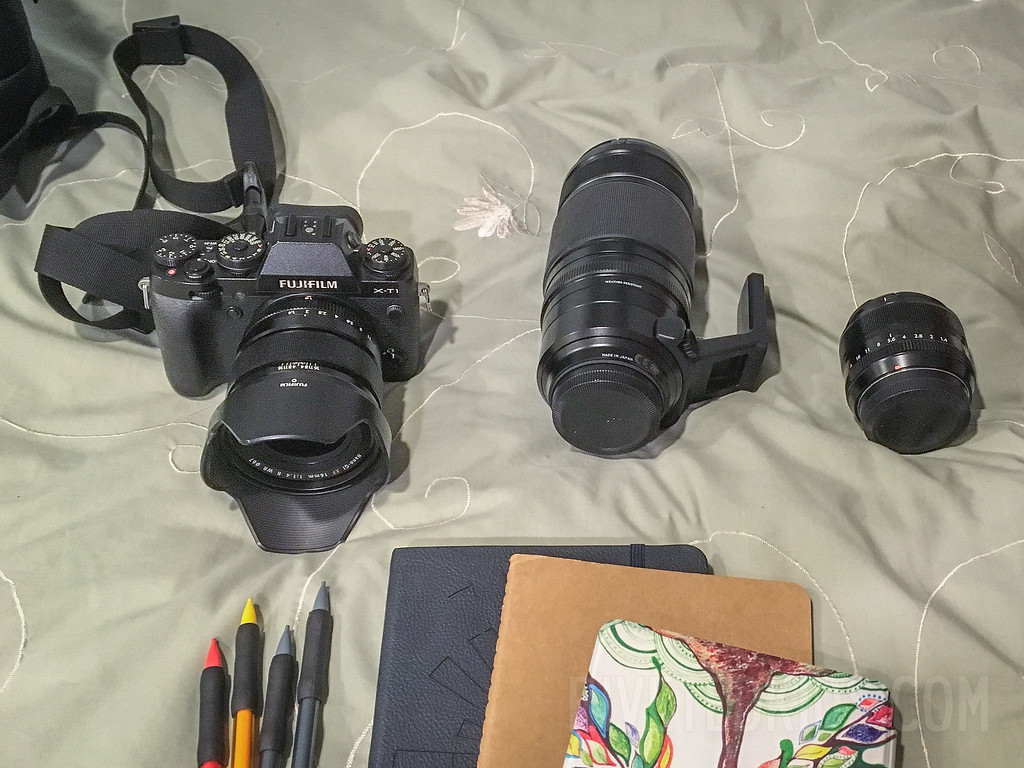
The 16mm attached to the Fuji XT-1, the 50-140mm, and the 35mm. See some images at the end of this post showing what these lenses can do.
A Great Travel Camera Bag
My latest favorite travel camera bag is the Lowepro Fastpack BP 250:
- Fast Camera Access. Over one shoulder, I can easily twist the pack around to my front and pull out my camera from the side opening. In this way I don’t have to take the whole backpack off or set it on the ground. Horseback riding is a good example where this can become handy, being able to secure the backpack on a bouncy ride yet still being able to reach for the camera when needed.
- Extra Space. I prefer to have more than just my camera on hand. For example, taking a snack or water bottle is also important. On the plane, I’ll typically fill the top pouch with a hat, eye-mask, earplugs, Kindle, phone, a USB charging device, and charging cables. The backpack has useful side pockets too, including a full laptop/document space which I use when I have to carry cash and passports for the family.
- Chest Strap. I find that the chest strap to be super important for long walks and day hikes. There’s also a padded waist strap which can take pressure off the back. For example, being in the mountains of Nepal, this backpack with its padding feels designed like a small hiker’s pack.
- Inconspicuous. Again, the backpack doesn’t scream expensive camera gear – and the color is black so it blends it with whatever I’m wearing.
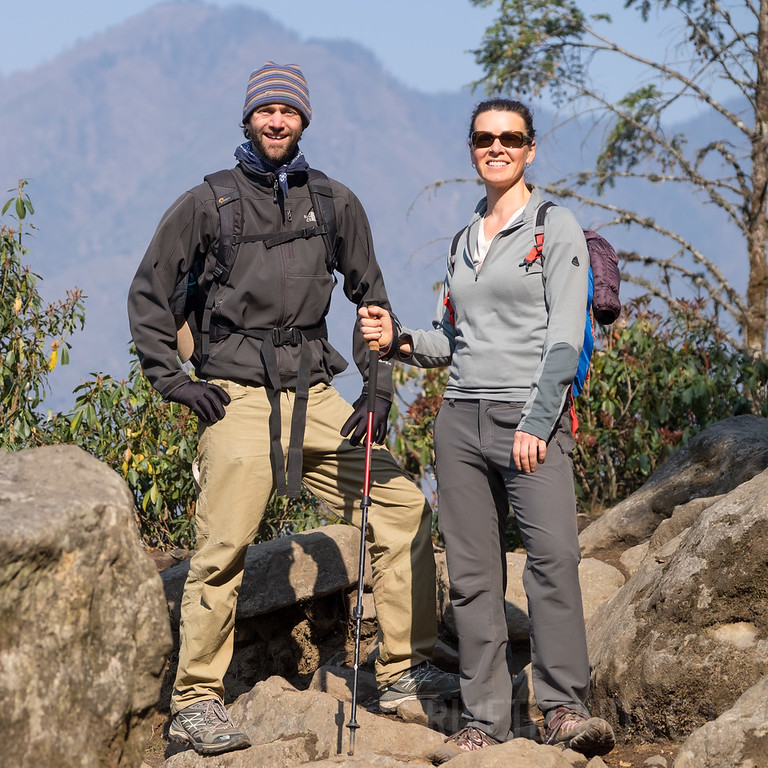
That’s me on the left with the Lowepro backpack in Nepal. Awesome Kymber is on the right.
Note, I’m also a fan of the ThinkTank bags and have used them on trips before. For example, in the Galapagos I took the Sling-O-Matic, which I found useful for just carrying camera gear. Also, if I were to take more than 3 lenses and one camera body, I’d probably consider the Think Tank Street Walker
.
A Few Accessories
- Batteries. I carry 5 batteries with me as the XT-1 tends to drain batteries quickly. I’ll use 2 batteries during the day and then charge both at night. In this way, if I miss a day or two where I can’t charge any batteries, I have some extras ready to go. The Fuji NP-W126 battery
is specific to the XT-1, though I have two that are Watson brand
and seem to work just as well.
- Dual Battery Charger. I discovered the Watson Duo charger (for NP-W126) and it’s been great to charge up to two batteries in tandem. It also has an indicator to show how much charge is on the batteries which has come in handy when I’ve gotten confused as to which batteries are nearly full vs. those that are empty.
- SD cards. I carry 8 SanDisk Extreme cards
with me when we travel. At 32GB in size, I can capture several hundred RAW sized images on a single card. Also, I read about a trick years ago that I follow today – I make sure to put a used card back in a small wallet pouch with the card face down to remind me that it’s been used. Before I leave for a trip, I make sure all cards are empty and formatted and face-side out in the pouch.
- Strap. The BlackRapid strap is my favorite brand due to its design. It allows me to keep the camera down by my hip and then to quickly bring it up for a shot when the moment arises. The design is such that one’s coat or shirt isn’t getting in the way of pulling the strap up to eye level and then back down again. The Black Rapid RS-Sport strap
is plenty sturdy for our traveling.
- Cleaning Supplies. LensPen
and cleaning cloth. Sometimes I add spit to clean a lens.
- Flash. I almost never use a flash, but I carry the small Fuji EX-F8 flash with me just in case there’s a dinner scene that I want to capture. This simple flash is probably the one accessory I’d leave behind if I had to leave something.
- Go-Pro Hero. Since our trip to Cuba, we’ve started experimenting with taking video. We purchased a small and lightweight GoPro Hero
with a 64GB card, plenty of room for a video or two per day on our travels. Here’s Beija ziplining in Las Terrazas, as well as a fun video of Chirino, our singing Cuban taxi driver.
- Zoom H6 audio recorder. Starting with Nepal, we’ve been experimenting getting some high quality audio recordings. For example, here are some Nepali kids singing Twinkle Twinkle Little Star. The Zoom H6
is a bit big, but still fits in the backpack. I usually take it on the plane in my camera bag, but leave it in the hotel or residence until it’s needed, preferring not to carry it around on daily outings.
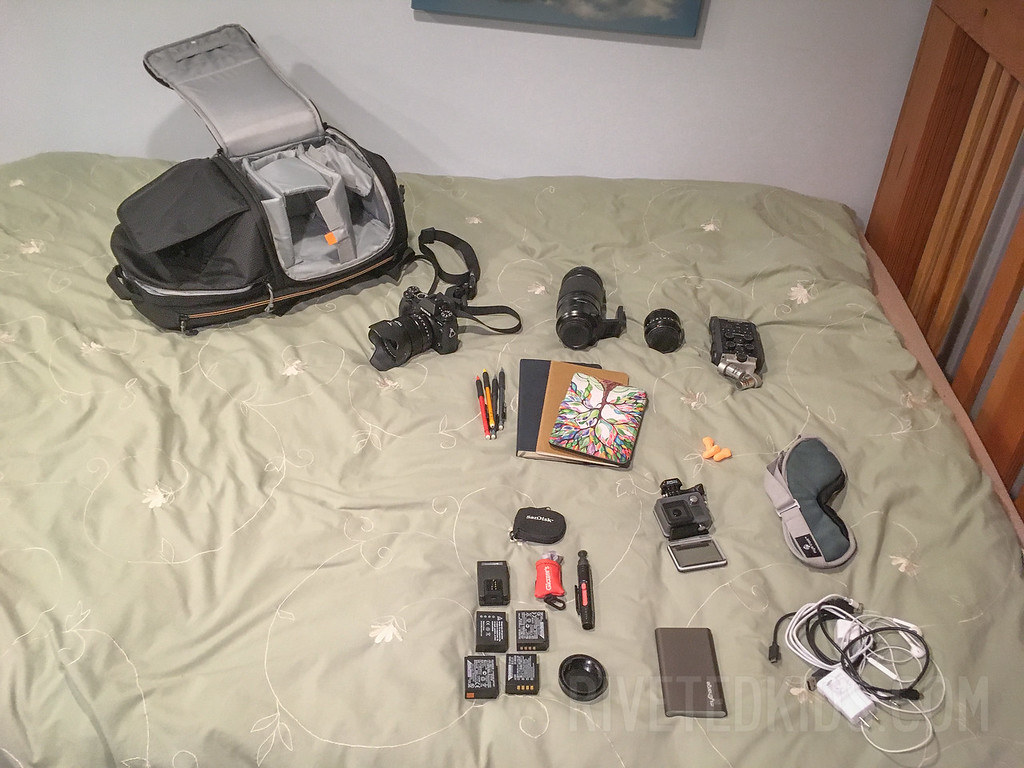
Here’s everything I loaded into my camera bag for our family adventure to Cuba.
Tripod? Filters?
I don’t usually take a tripod nor filters when I travel. As a family we are moving quite a bit and so taking a break to set up a tripod would bug the heck out of the family. Usually, I can get the images I’m going for without a tripod – and having the aforementioned fast lenses allow me to reliably hand holding most of what I want to take. Occasionally, I’ll take a longer exposure by finding a table or wall to set the camera down on. However, I will say that when I was in Iceland I wished I had some filters and a tripod to get some some artsy shots of all the waterfalls and beaches (e.g., like being able to make the water look silky).
Sample Images
Here are a few images showcasing the three lenses I usually travel with:
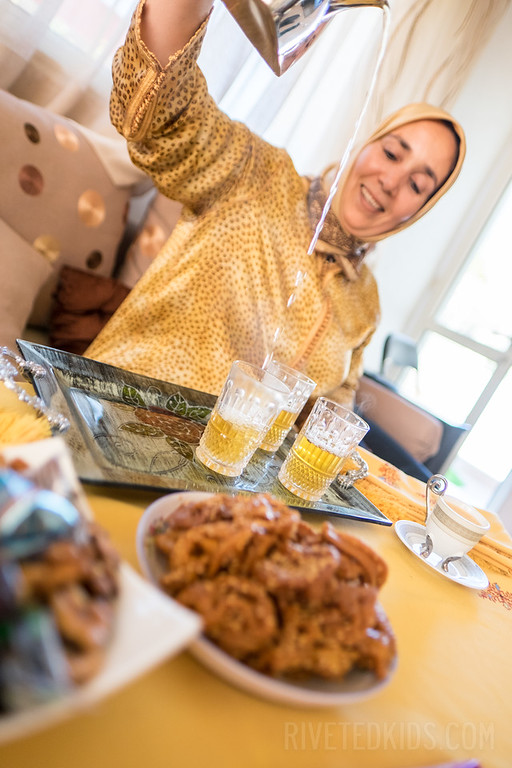
The 16mm shot from the hip, can quickly grab a scene even indoors and in low light. (Lunch in Rabat, Morocco)
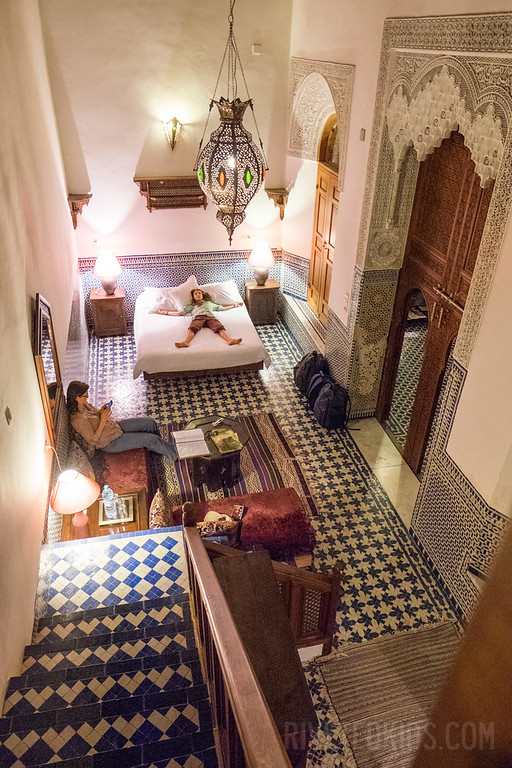
The 16mm works great indoors to capture a room or scene. (Riad in Fez, Morocco)
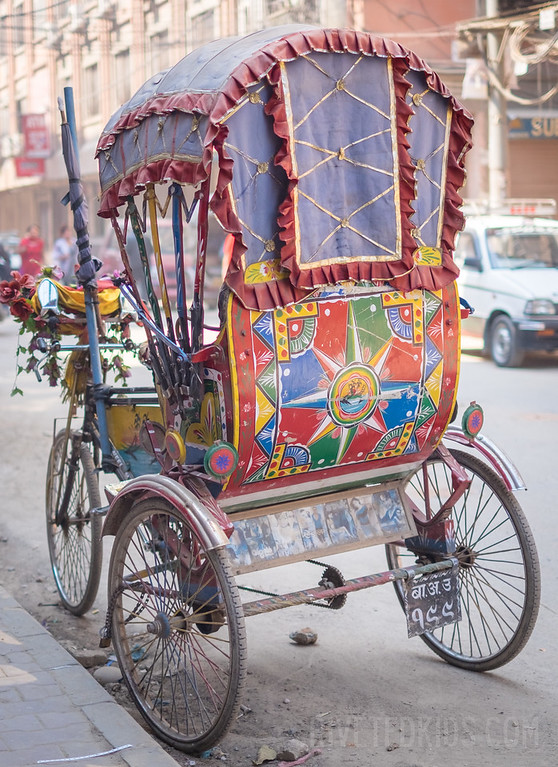
The 35mm is great for closer street scenes. (Pedicab in Kathmandu, Nepal)
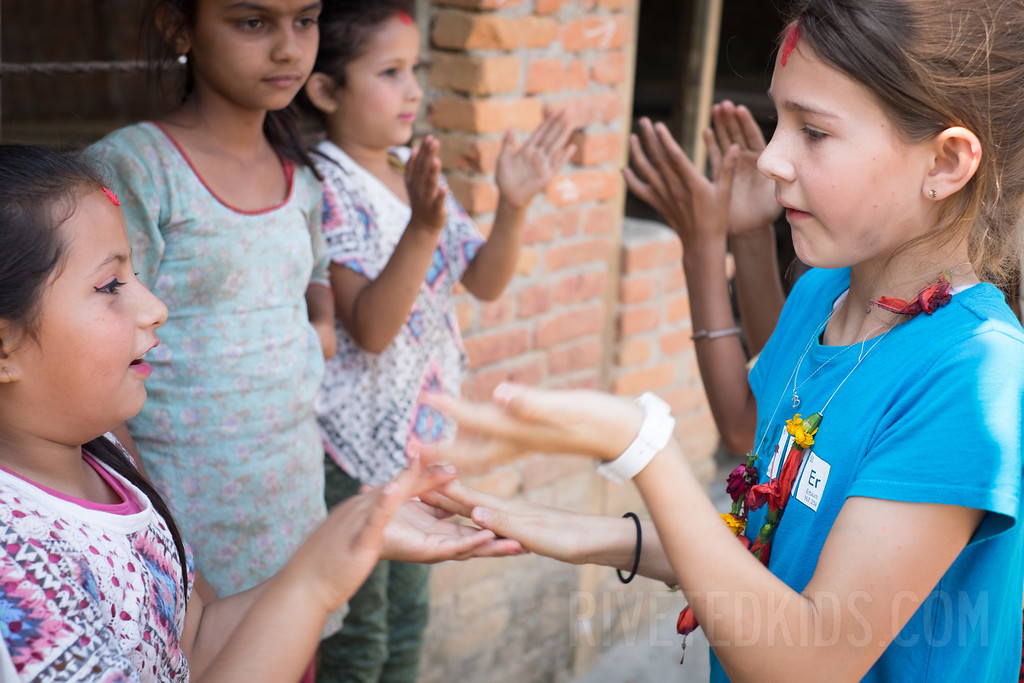
The 35mm puts you right next to some closeup action. (Beija with friends in Chandeni, Nepal)
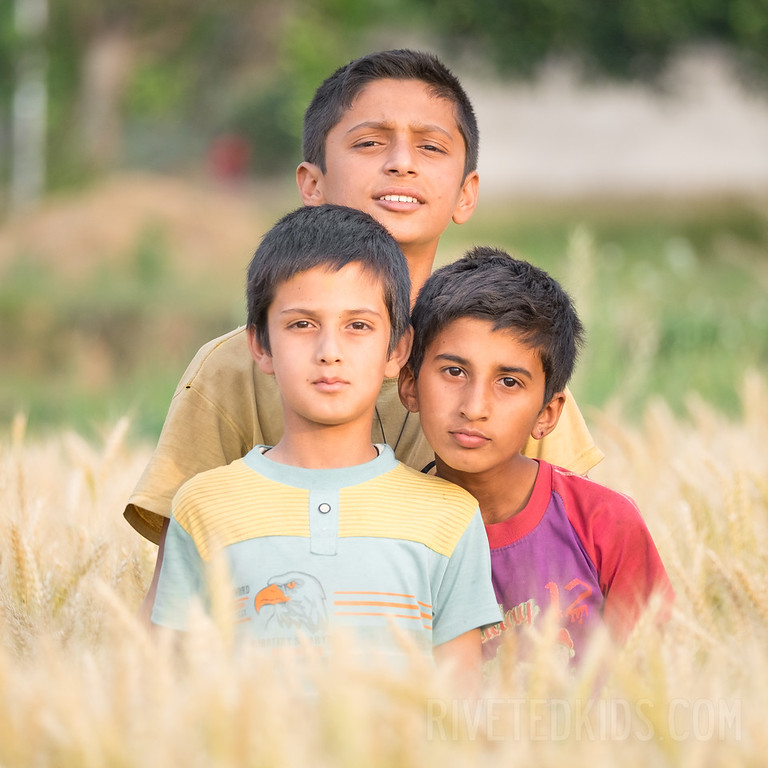
With a little distance, the 50-140mm makes a great portrait lens. (Friends in Chandeni, Nepal)

The 50-140mm allows a close-up where you’d never otherwise get close enough. (Leather factory in Fez, Morocco)
Looks like I found the information I wanted. Great blog! Any experience with their higher 4oomm Zoom lens?
Hi Jody, I don’t ever use the 400mm traveling, partly because it’s such a large lens but it also screams really expensive gear (to be fair, I don’t own that lens so I’ve only ever borrowed one). I could see how some people would love it. The one place I would have loved it is in the Galapagos Islands – there are SOO many birds and animals, I could see that being a great lens. Do you have any experience with it traveling or links to share? What gear do you typically take? – Jay